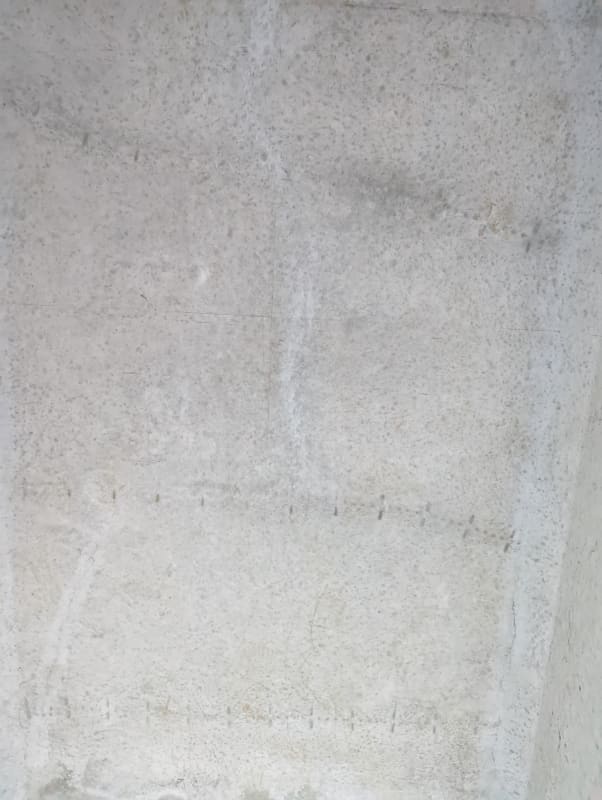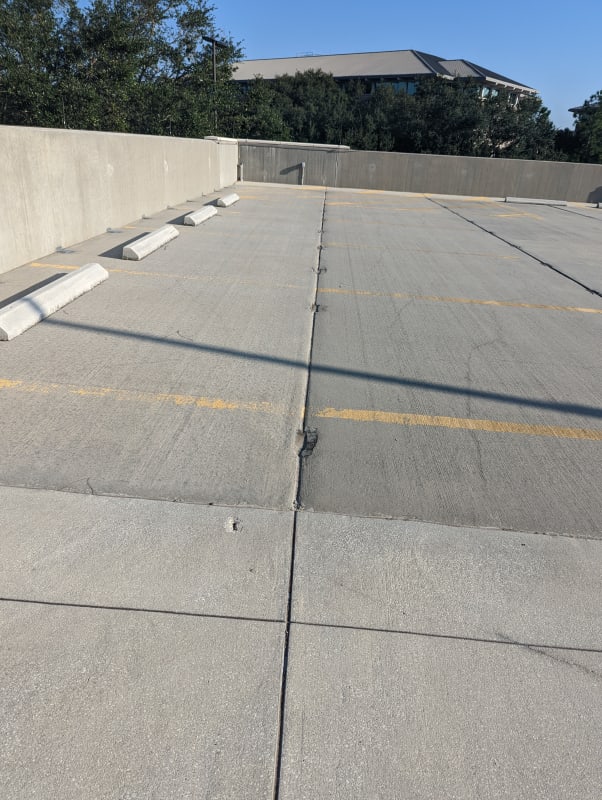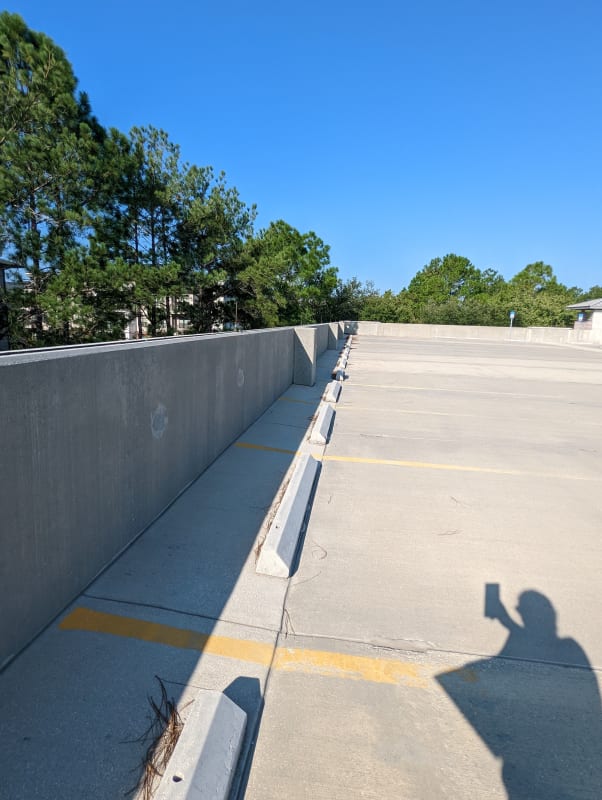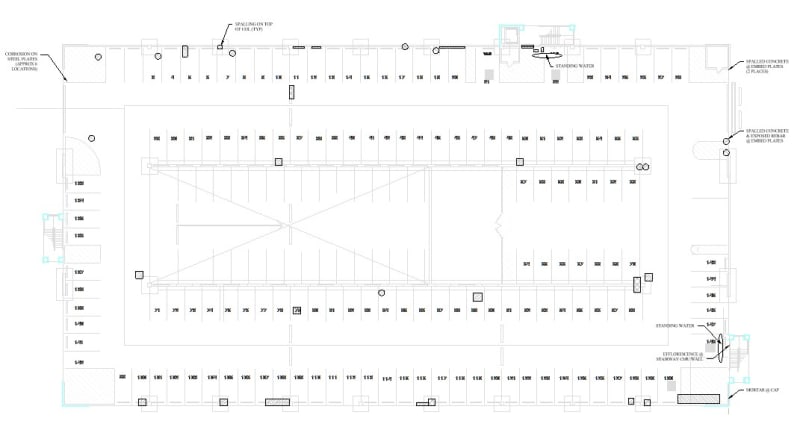AvengerMolly
Structural
- Feb 18, 2021
- 5
Hi -- I recently did an inspection of a parking garage in Jacksonville, Florida. These cracks in the underside of the precast double tee's were seen fairly frequently. In some cases you can see what looks like rebar peeking through. No cracks were seen on the topside in the middle of the span which did not have a topping. There are visible stitch plates. Almost all exposed rebar and cracks on the top deck were at the edges where it appears concrete was placed on site with poor cover and curing process. There was no recorded rain fall in the 48 hours before my visit and the weather was in the high 80s (I felt it!).
I am a Newby when it comes to inspections (our company does more consulting, drafting, design than inspections). I have done a good bit of research on the causes of cracks in concrete, but I was hoping to get some additional direction and thoughts here particularly as it relates to precast and cast-in-place concrete parking garages.





PS: If you do a lot of inspections, how to you keep track of your photos and notes to put together your final inspection report? Is there a good software for this? My phone takes great pictures and I noted frequently on a printed floor plan for each level... but now I am sitting at my office writing a report and it's so much to comb through and compile (500 pictures, at least 3 dozen areas of exposed rebar/spalling/etc.). I feel like there could/should be a better way. I marked up most of the spots using CAD.

I am a Newby when it comes to inspections (our company does more consulting, drafting, design than inspections). I have done a good bit of research on the causes of cracks in concrete, but I was hoping to get some additional direction and thoughts here particularly as it relates to precast and cast-in-place concrete parking garages.





PS: If you do a lot of inspections, how to you keep track of your photos and notes to put together your final inspection report? Is there a good software for this? My phone takes great pictures and I noted frequently on a printed floor plan for each level... but now I am sitting at my office writing a report and it's so much to comb through and compile (500 pictures, at least 3 dozen areas of exposed rebar/spalling/etc.). I feel like there could/should be a better way. I marked up most of the spots using CAD.



